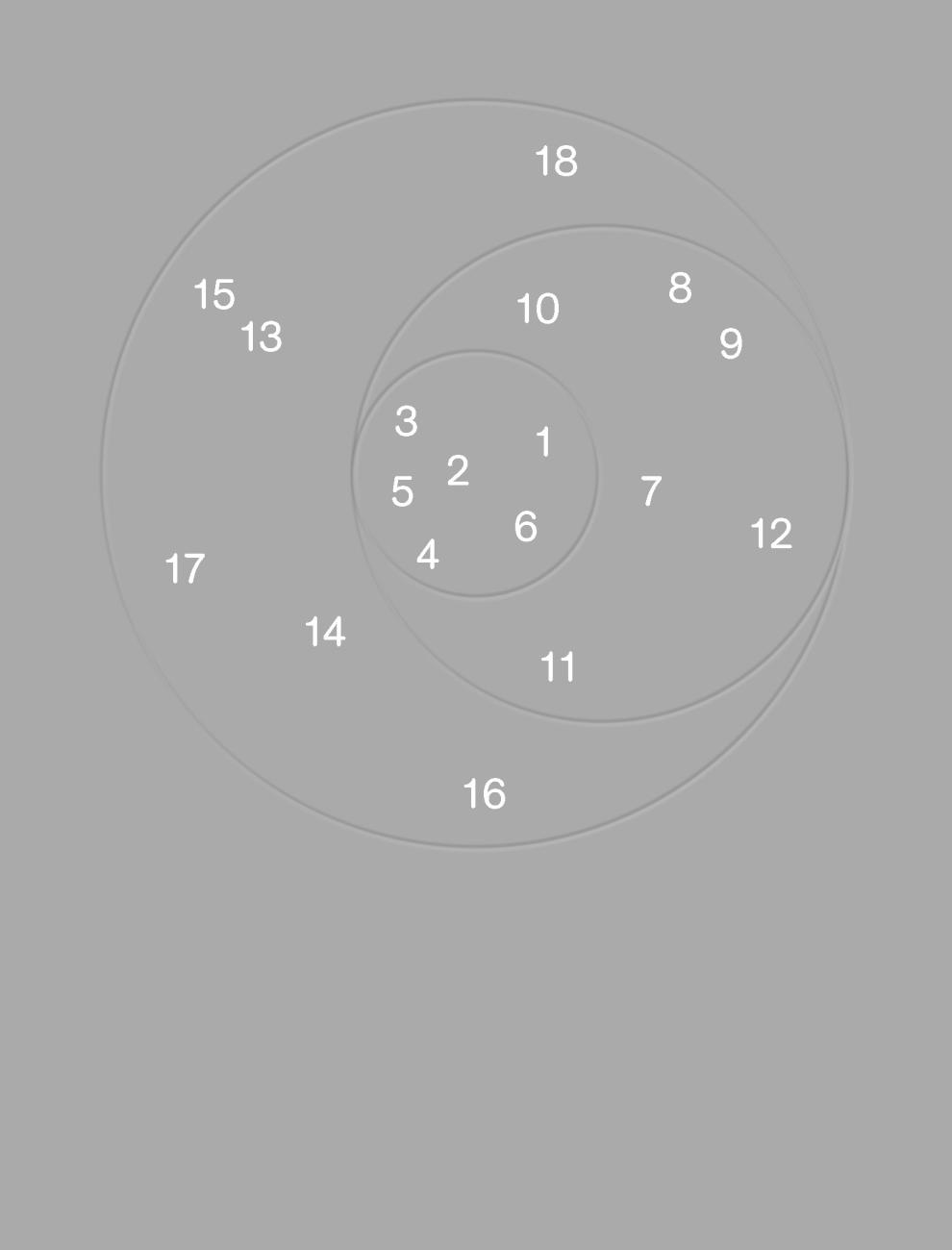Entangled within the Earth’s five natural spheres—the atmosphere, biosphere, cryosphere, hydrosphere, and lithosphere—is a sixth: the technosphere. Identified by geologist Peter K. Haff as an emerging paradigm of the Anthropocene, the technosphere includes the sites, institutions, and infrastructures of industrial production and extraction.
Architecture is part of the technosphere, hardening its systems and proliferating its forms. Encompassing factories and farmlands, ports and telecommunication networks, mines and landfills, highways and suburbs, the technosphere is more than just the accumulated material of the built environment. It is a planetary enmeshment of physical infrastructures, geopolitical relations, and digital networks, enabling the continuous movement of matter, energy, and information.
While many aspects of everyday life depend on the technosphere—such as clean water, waste systems, and electrical grids—the technosphere’s exponential growth is actively destabilizing the Earth system. Its logic of extraction and expansion produces runaway planetary effects that exceed our capacity to control or alleviate, threatening not only our species but also the possibility of all forms of life to flourish.
Despite its accelerating momentum, significant rifts exist within the technosphere. A system that cannot sustain its own processes without destroying the worlds upon which it depends demonstrates an underlying fragility. When we reconceptualize the technosphere as one of several entangled and coexisting worlds—rather than a global hegemonic order—new forms of spatial and environmental agency arise.
The Sixth Sphere exhibition and accompanying catalog, curated by Brittany Utting, explores how design can participate in systems of planetary interdependence and reciprocity. Gathering the contributions of eighteen practices from around the world, The Sixth Sphere positions the technosphere as a collective site to reconstruct our social, technical, and climate futures.
Purchase


